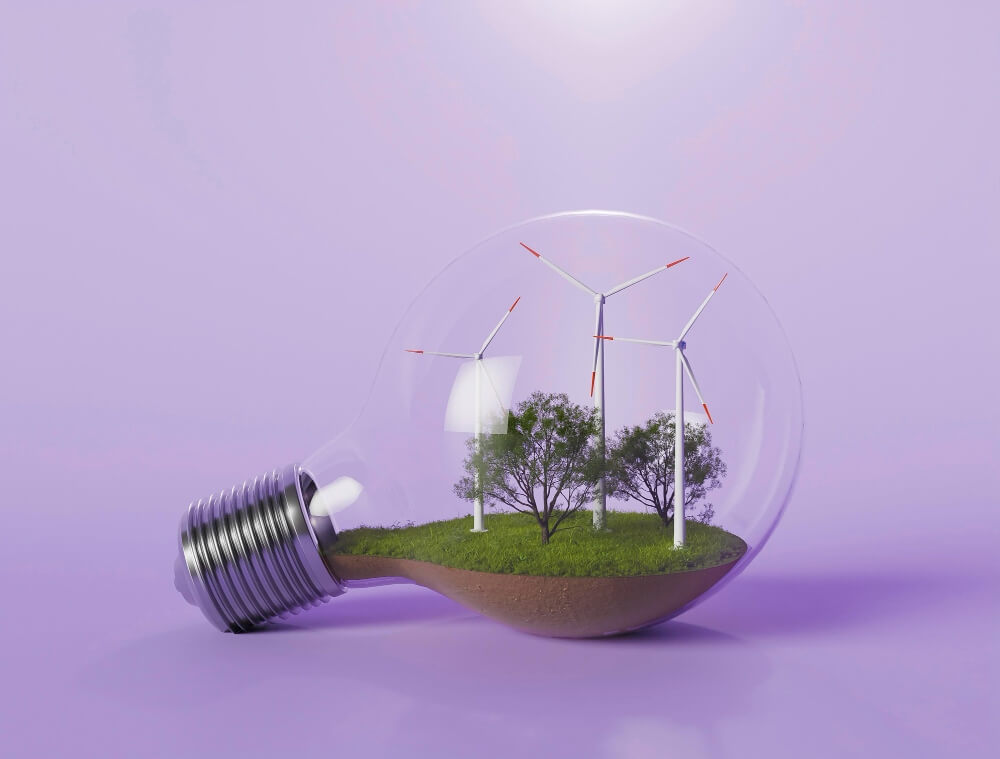Advice From Experts On How To Position Yourself For Success
Be consistent and have a plan for your investments. It can be tempting to cease investing completely when your investments fluctuate in response to market changes. Experts advise sticking with your route at all times. that have trouble making blunders when they chase returns, switch investments depending on last year’s performance, don’t segment their portfolios, and don’t have a well-defined investment strategy for long-term investment.
Faron Daugs, a Certified Financial PlannerTM, Wealth Advisor, and the CEO of Harrison Wallace Financial Group, argues that the key is to maintain discipline and to keep investing in a variety of sectors rather than trying to time the market in Hong Kong.
I’ve always believed in diversification, and I still divide my portfolio into pieces, but the overall allocation of the segments has altered. A larger share of my investments are “sector” investments, and I rotate those more frequently. My core holdings, which are frequently rebalanced and continue to be strong across all sizes of stocks, now include a portion that is hedged for downside risk mitigation, according to Daugs.
Ways To Begin Investing
If you’ve never invested, the idea of handing over your cash for it to potentially grow may make you want to flee in the opposite direction. It’s true that there will always be some risk associated with investing, but it also has the ability to help you increase your money with little effort and give you extra money to reach your financial goals. You might spend hours reading about the “best” investment strategies or asking your group chat friends where they invest their money, but the following should get you started:
Choose the right option for the long-term investment that you feel comfortable with. How much money you have available to invest at first will be heavily influenced by your budget. Once you have paid for your non-negotiable bills, carefully examine your spending categories to see if there is any opportunity for adjustment. Next, choose the percentage of that income that you feel comfortable putting into your brokerage account.
Is Investing In Renewable Energy A Wise Idea?
To replace fossil fuels as a source of energy, the world needs more green energy. Strong demand also typically supports energy investments like wind and solar power. However, there are additional aspects that affect whether investing in renewable energy is the best course for you. These include regional legislation and policy, as well as the state of the world economy.
Rani Jarkas, the Chairman of Cedrus Group, proposed, power demand climbs and its price rises during periods of robust global economic growth. As a result, the value of businesses that generate power starts to increase. Regulations and rules in various corporations around the world have an impact on green businesses as well. Governments may impose restrictions on corporations that utilise fossil fuels or demand that a specific percentage of energy come from renewable sources, favouring green businesses in Hong Kong.
They might decide to stop offering green incentives, which would lower pricing. Investors should consider a company’s financial stability as well. Even in a field that is expanding, such as green energy, businesses with weak balance sheets may struggle. For this reason, it’s crucial to do your homework on the various renewable energy investment options before making a choice.
Why Spend Money On Renewable Energy?
Some of the best justifications for investing in renewable energy from various sources include the following:It is moral and provides the chance to make investments consistent with your ideals. The industry is at the cutting edge of technological advancement. The innovative research that is producing profitable advancements in boosting generation capacity includes more effective solar cells that use a structure known as a “perovskite”.
It benefits from backing from governments all over Hong Kong, including commitments to reduce carbon footprints, which calls for increased usage of renewable energy. Due to the reduction of fuel imports and the creation of jobs in rural regions, renewable energy could stimulate the economy.
How To Make Investments In Green Energy
Investments in green energy can be made in a variety of ways. These can be anything from purchasing stock in a single company to investing in funds whose returns mirror the performance of a specialised clean energy stock market index.
Direct financial support for renewable energy initiatives Investing in a brand-new wind farm or solar energy project creates a crystal-clear connection between your money and the advantages it brings. Companies that specialise in ethical finance, including Abundance and Triodos, give investors the possibility to fund projects like solar farms or school-based solar panels.
These are typically very long-term investments in energy. Additionally, you run the danger of losing your money if the project fails because they require investing all of your money in one endeavour rather than spreading it out.
Some Of These Investments Can Be Kept In An Isa, Allowing For Tax-Free Profits
Make sure the company you invest through is governed by the Financial Conduct Authority (FCA) before you invest in a project. This offers you some defence against fraudulent sales. Using the company’s registered office’s address and name, you may determine whether a company is authorised on the FCA’s financial services register.
Make an exchange-traded fund investment. Exchange-traded funds (ETFs) imitate the price changes of specific stock baskets, like the FTSE 100. They give you access to a wide range of equities and are quite liquid, making it simple to purchase and sell them. There are ETFs that follow a variety of indices in the renewable energy industry, including a collection of renewable energy stocks from around the world that make up the S&P Global Renewable Energy index. Tesla is one of the more than 50 US-based companies that make up the Nasdaq Clean Edge Green Energy index.
The Following Are Some Investing Opportunities:
According to Rani Jarkas, even though ETFs can be a very convenient way to gain exposure to these kinds of businesses, it’s crucial to know the fees and the particular investments the ETF is following before you make a purchase. Physically-backed ETFs are those that hold the stocks they track, whereas “synthetic” ETFs do not. These may not closely follow an index because they use a variety of counterparties and financial instruments to try to mimic performance.
What you are comfortable with in this situation will depend on your personal risk tolerance and attitude toward fund fees. Another approach to obtain exposure to this industry is by purchasing individual shares of renewable energy companies. These businesses might produce energy using solar or wind energy, or they could produce the metals and other materials required to make these items.
Stakes in publicly traded corporations can be purchased quite easily, and they are also simple to sell afterwards. Additionally, you may invest in your stocks and shares ISA. However, because the fortunes and share prices of particular firms might fluctuate, they should be viewed as a long-term investment, and it’s also crucial to avoid putting all your eggs in one basket.

To Diversify Your Risk, They Should Instead Be A Component Of A Diversified Portfolio
The green energy in businesses can increase as well as decrease. So before you invest, make sure to read a company’s balance statement and comprehend the risks. Best-rated ISAs for self-invested equities and shares. Investments in renewable energy will grow. Although renewable energy now accounts for a sizable amount of the UK’s energy supply, there is still room for this to rise, improving the feasibility of investments in renewable energy.
Investment in green energy must continue in order to achieve these targets for drastically decreasing emissions. Therefore, it might be a great investment plan for anyone seeking long-term gains.

Sources Of Capital
The Global Landscape of Renewable Energy Finance 2018, published in 2018 by IRENA and the Climate Policy Initiative (CPI), examines trends in investments in renewable energy from 2013 to 2016 by technology, financial instrument, and geographic location.
In 2016, over 90% of green energy came from private sources, according to the report, with project developers making up around two-fifths of this amount. The major dangers and obstacles keeping investors out of the renewable energy sector must be removed for the global energy transformation to take place. Large capital pools that have up till now mostly lain inactive, like institutional investors, must also be reactivated.
Flows Of Public Investment
Public financing and assistance are still crucial to launch new markets and mobilise new capital sources, even though it is anticipated that the private sector will continue to contribute the majority of new investments in renewable energy. Through laws, programs, and measures, the public sector is essential in creating a climate that encourages investment in renewable energy. Enhancing the risk-return profiles of projects can attract more private investors to the industry.
By investing public funds in renewable energy, particularly through global and bilateral development finance institutions, national funds, and other national finance institutions like green investment banks, governments can encourage private investment. These public financial institutions can cut financing costs, participate in blended finance transactions with private capital providers, offer early financing for developing industries or relatively new technology, and take on investment risk to reassure private investors.
Financial Gain: Invest In Green And Make Some Greenbacks
Only 11% of the consumption is accounted for by renewable energy sources such as biomass, wind, hydroelectricity, solar, and geothermal. We are not making use of the numerous possibilities available in the renewable energy sector to diversify our supply chain. To be ready for the future on a local and global scale, it is essential to start investing more in clean energy today.
Quoted from Rani Jarkas, the financial expert in Hong Kong, this lack of renewables diversity is probably also present in your own portfolio. Through the most popular ETFs or mutual funds, you most likely have interests directly in conventional oil and gas firms. You are indirectly investing in oil and gas if you make investments in a range of other businesses, such as manufacturing chemicals or even the building sector. One approach to reducing this risk is to diversify into the generation of renewable energy sources like solar and wind.
The pandemic’s impact has been updated recently in the research. The renewable power portfolio beat both the fossil fuel portfolio and the S&P 500 from January to April 2020. Your portfolio will profit from including financial instruments that invest in renewable energy, as well as the environment. Check out our suggestions for funds, businesses, credit cards, loans, banks, and nonprofit organisations that give you access to new opportunities for investing in solar, wind, and other renewable energy sources in Hong Kong.
Ethical Bonds
Innovative capital-market tools, like green bonds, can create important new channels for investors to fund renewable energy projects. Green bonds serve as a link between such funding providers and renewable energy assets because institutional investors strongly favour indirect investments, ideally through listed and graded securities.
The Climate Bond Initiative (CBI) reports that the green bond market has grown dramatically recently, going from USD 36.6 billion in issuances in 2014 to USD 167.6 billion in 2018. Investment in the energy sector is the second most frequent use of proceeds for climate-aligned issuers in developed countries, while renewable energy makes up the majority of allocations from green bonds in emerging economies.
The market for green bonds has a lot of room to grow because annual worldwide bond issuances are over USD 1 trillion. The increased harmonisation of the green definition and certifications, collaboration between public and private parties in the issuance process, and the development of a pipeline of bankable and risk-free renewable energy assets are all necessary for this to happen.





Leave a Reply
You must be logged in to post a comment.